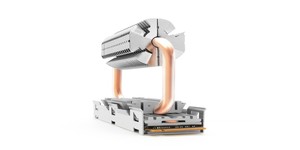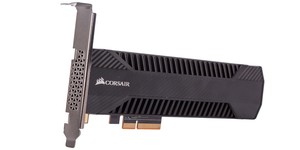Summary
We thought it would be handy to sum up this wealth of information on one page for easy referencing.The next generation of SSDs are all PCI Express based. There are four currently available physical means of accessing PCI-E SSDs:
- SATA Express (2.5in form factor; two lanes of PCI-E)
- Add-in card or AIC (traditional expansion card form factor; technically up to 16 lanes but currently up to four lanes of PCI-E)
- M.2 (direct connection to motherboard; two or four lanes of PCI-E)
- U.2 (2.5in form factor; four lanes of PCI-E)
The M.2 interface is extremely flexible. You need to check that your device matches your motherboard's support level. In the future, most SSDs will probably be PCI-E 3.0 x4 with the 2280 form factor, but things to check are:
- Whether the drive is SATA or PCI-E
- If it's PCI-E, how many lanes and of what generation it requires to operate at full speed
- The physical size: 2280 means 22mm wide and 80mm long.
- Whether the components are single-sided or double-sided.
NVMe is the key to properly unlocking the performance of PCI-E SSDs. Using it requires support at the BIOS level (check with your manufacturer) and Windows 10 is recommended, although 8.1 and 7 are possible to use.
One last thing to note. Whatever PCI-E SSD you use, it will be eating into a finite number of PCI-E lanes. Depending on the chipset and motherboard you own and the connector you're using, this will have different effects (e.g. reducing available graphics bandwidth, disabling certain ports on the motherboard). As such, it's always important to read your motherboard's manual to be aware of any potential conflicts.

MSI MPG Velox 100R Chassis Review
October 14 2021 | 15:04










Want to comment? Please log in.